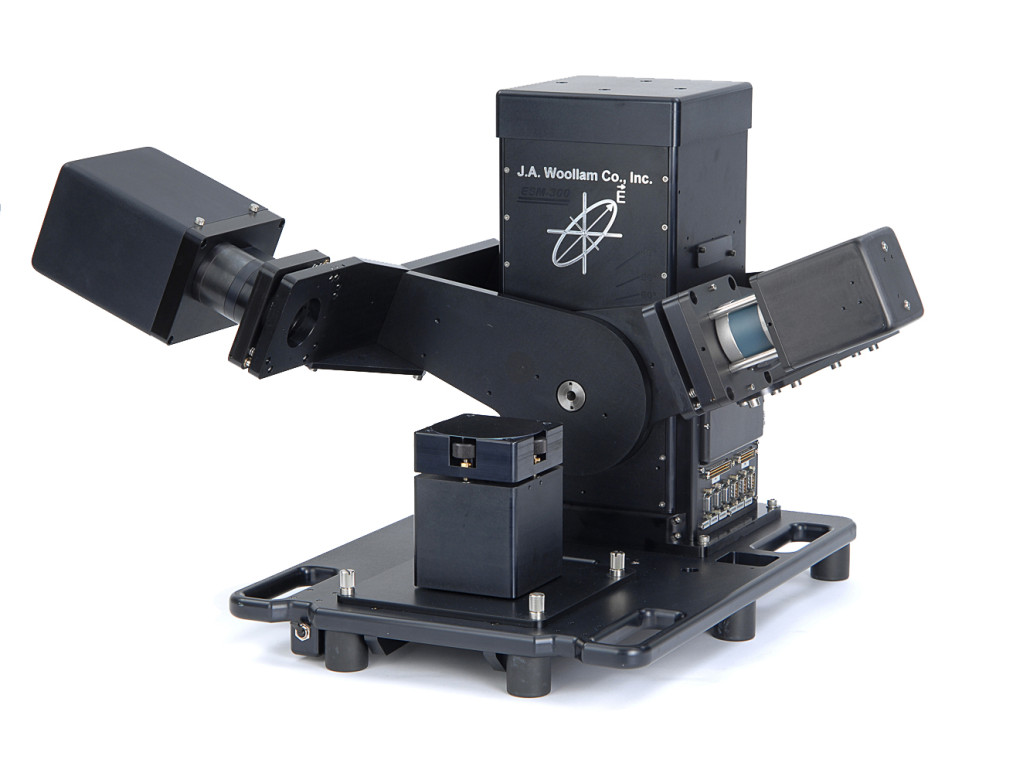Ellipsometry is an optical technique used to investigate the dielectric properties (complex refractive index or dielectric function) of thin films. It provides valuable insights into material properties, making it a powerful tool in materials science and beyond.
-
Basic Principles:
-
Ellipsometry measures the change in polarization as incident radiation interacts with the material being investigated.
-
It quantifies the amplitude ratio (Ψ) and phase difference (Δ) of the polarization change.
-
The technique is sensitive to changes in the optical response of the material.
-
It can characterize properties such as composition, roughness, thickness, crystalline nature, doping concentration, and electrical conductivity.
-
Remarkably, it can probe layers thinner than the wavelength of the probing light, down to a single atomic layer.
-
Experimental Details:
-
Ellipsometry is typically performed in the reflection setup.
-
The polarization change depends on the sample’s properties (thickness, complex refractive index, or dielectric function tensor).
-
By exploiting phase information, ellipsometry achieves sub-nanometer resolution.
-
Applications:
-
Thin film analytical labs commonly use spectroscopic ellipsometers.
-
Researchers in fields like biology and medicine are increasingly interested in ellipsometry.
-
Challenges include measurements on unstable liquid surfaces and microscopic imaging.
-
Etymology:
-
The name “ellipsometry” comes from using elliptical polarization of light.
-
The term “spectroscopic” refers to the information gained from the light’s wavelength or energy.
-
The technique has been known since at least 1888 and continues to find diverse applications.
